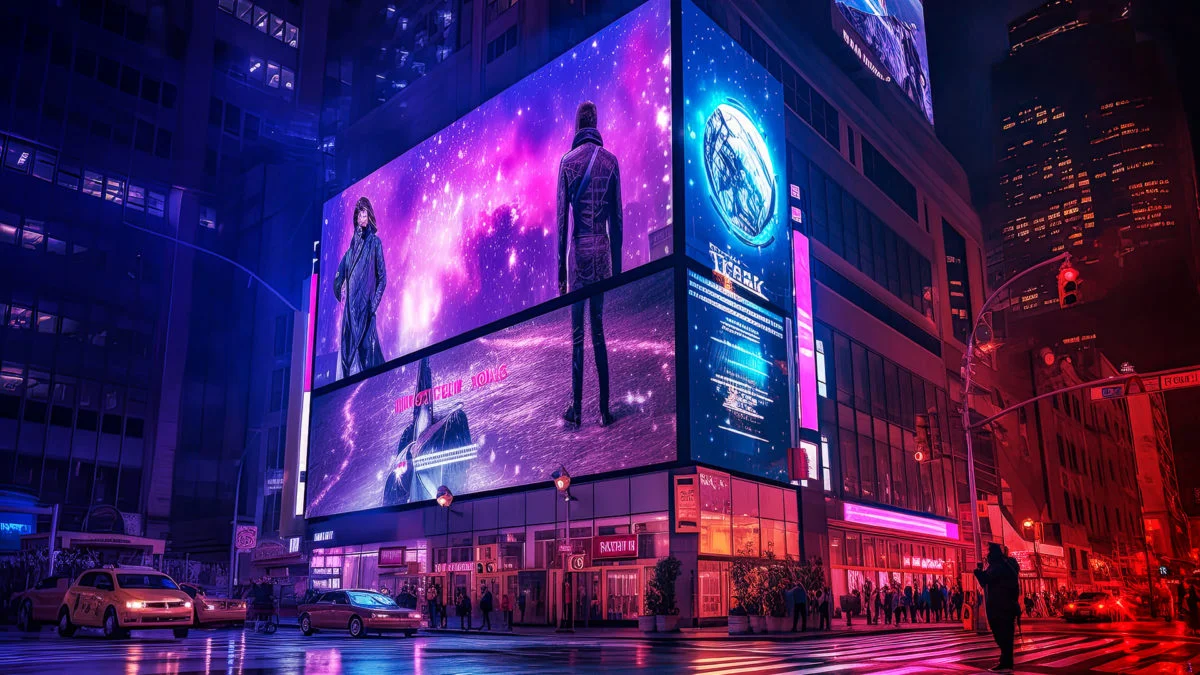The Dawn of a New Era in Outdoor Advertising
Tracing the lineage of roadside billboards reveals a fascinating evolution—from hand-painted signs to the high-resolution digital displays we see today. As a professional digital sign installer, I’ve witnessed this transformation firsthand, understanding that the future of outdoor advertising hinges on harmonizing with our planet. Eco-friendly practices are not just a trend; they are imperative for the sustainability of our industry and the environment. Harnessing digital technology, we stand at the crossroads of innovation and conservation, crafting solutions that dazzle the senses while respecting the earth. The integration of solar panels, energy-efficient LEDs, and recyclable materials is revolutionizing our craft, propelling us towards a greener horizon. This is the future of roadside digital billboards—vibrant, dynamic, and conscientious.
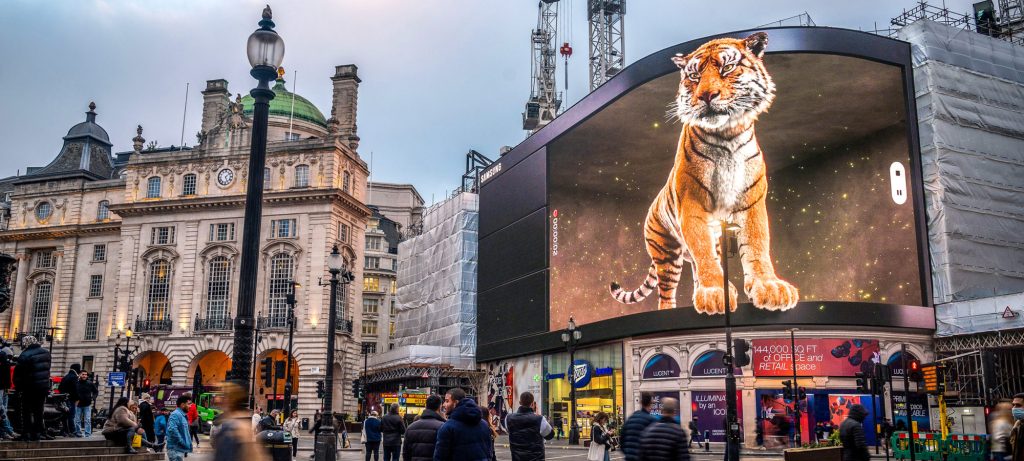
Understanding the Environmental Impact
Materials and Ecological Footprint
Traditional billboards, often constructed from vinyl and other plastics, leave a significant ecological footprint. The production and disposal of these materials contribute to pollution and resource depletion, raising concerns about sustainability in our industry.
Energy Consumption of Illuminated Billboards
Illuminated billboards, while captivating, consume considerable amounts of electricity. This energy use, primarily from non-renewable sources, underscores the urgency for greener alternatives. Digital billboards, though more energy-efficient, still pose challenges that we must address.
Waste Generation and Disposal
The disposal of outdated billboards generates waste that often ends up in landfills. As professionals, we are called to innovate and implement eco-friendly disposal methods to mitigate this environmental burden.
As we pivot towards the future of roadside digital billboards, it’s imperative that we confront these environmental impacts head-on. By doing so, we not only protect our planet but also lead the charge in revolutionizing our industry for the better.
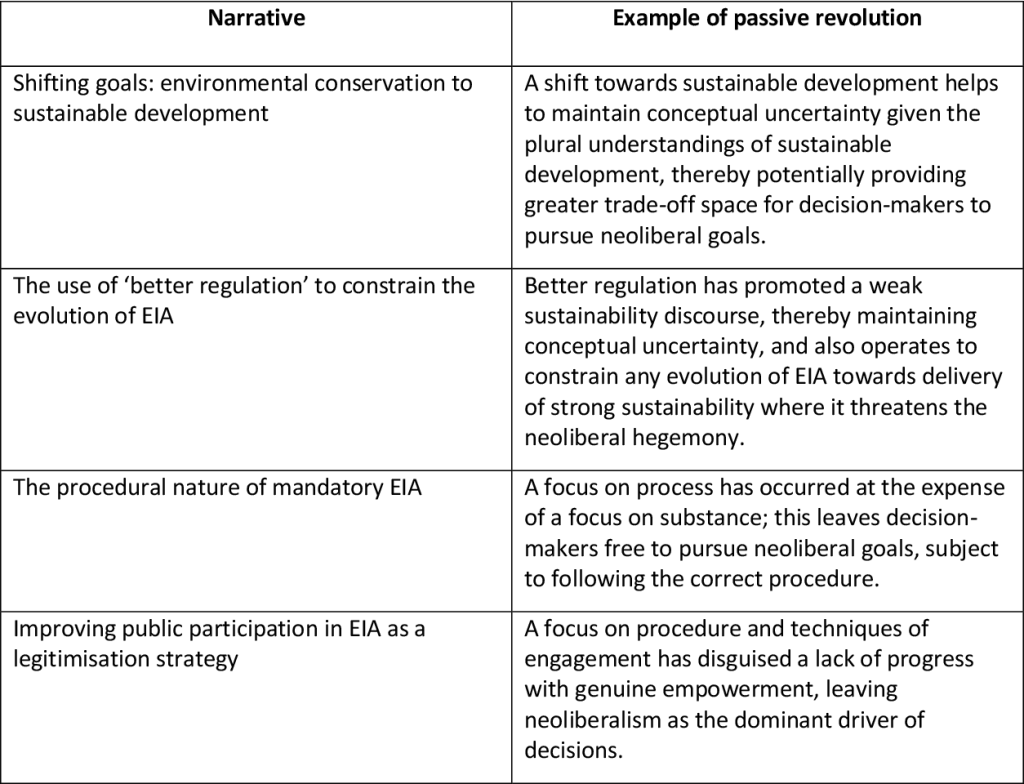
Embracing Sustainability in Roadside Digital Advertising
Government Regulations and Sustainable Practices
As a seasoned digital sign installer, I’ve witnessed a transformative shift. Governments are now enacting regulations that mandate sustainability in outdoor advertising. These policies are not just red tape; they’re blueprints for a greener future. They encourage the use of renewable energy, minimize light pollution, and demand eco-friendly materials. This regulatory push is not a hurdle but a step towards a more responsible industry.
Setting the Standard for Green Billboards
Within our industry, standards for eco-friendly billboard practices are becoming the norm. We’re talking solar-powered lighting, LED technology, and recyclable components. These aren’t just buzzwords; they’re our commitment to the planet, etched into the very fabric of our work. As installers, we’re not just putting up signs; we’re upholding a promise to future generations.
Certifications: The Seal of Sustainable Advertising
Certifications and eco-labels are the badges of honor in green advertising. They tell a story of dedication to sustainability that resonates with consumers and businesses alike. When you see a billboard with an eco-certification, you’re looking at a declaration of environmental stewardship. It’s a powerful message that we, as an industry, are proud to display.
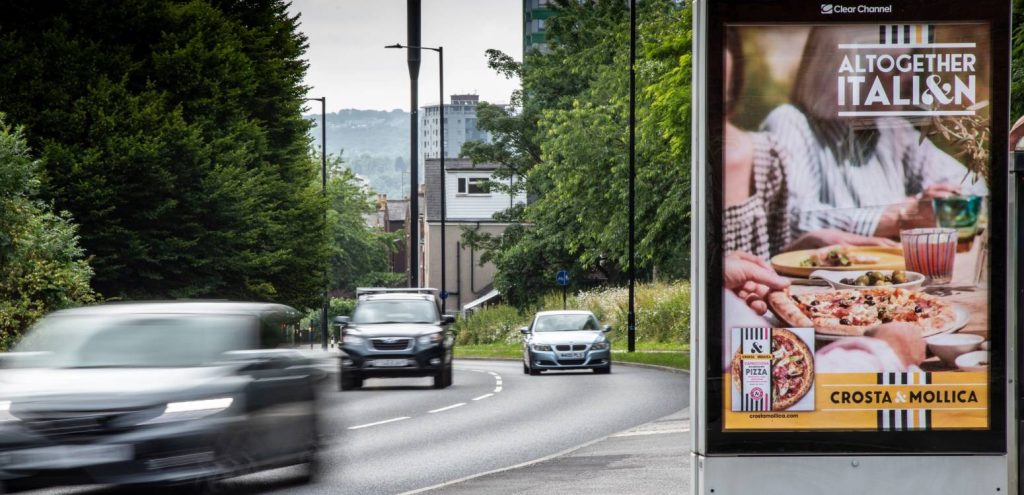
Innovations in Eco-friendly Digital Billboard Design
As a seasoned digital sign installer, I’ve witnessed the remarkable evolution of billboard technology. Low-energy LED advancements are at the forefront, drastically cutting power consumption while delivering brilliant displays. These LEDs not only shine brighter but also last longer, significantly reducing the frequency of replacements.
Moreover, the integration of renewable energy sources such as solar and wind has been a game-changer. By harnessing the power of nature, digital billboards can operate independently of the grid, minimizing their carbon footprint and paving the way for a greener future.
Attention to sustainability extends to construction materials. The industry is shifting towards eco-friendly composites that promise durability without compromising environmental integrity. These materials are not only lighter, reducing transportation emissions, but also fully recyclable, setting a new standard in eco-conscious advertising.
Finally, the push for longevity in digital billboards is a testament to our commitment to sustainability. By designing billboards that withstand the test of time, we’re actively reducing waste and promoting a circular economy. This approach not only benefits the planet but also offers economic advantages to advertisers, who can rely on their investments to last longer and perform better.
These innovations are not just trends; they are the pillars of a responsible future in roadside advertising. As we continue to refine these technologies, the horizon looks bright for digital billboards that dazzle without detriment to our environment.
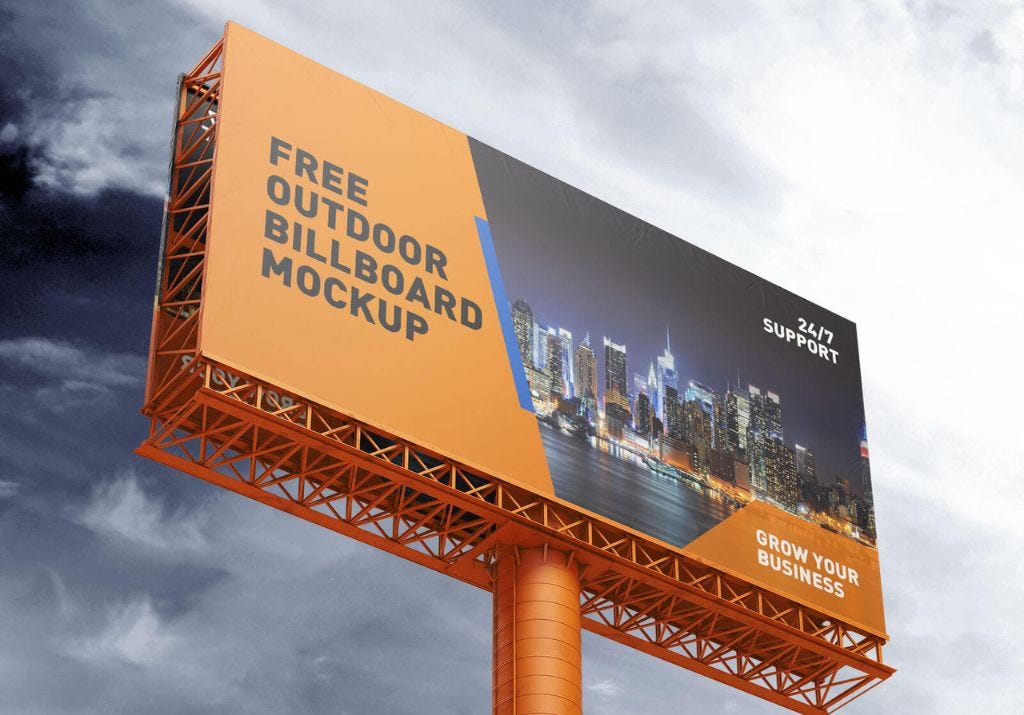
Maximizing Efficiency in Digital Signage
Intelligent Energy Management
Imagine billboards that not only captivate but also conserve. Smart technologies are at the forefront, with systems that learn and adapt to power usage patterns, ensuring optimal energy management. These innovations are not just smart; they’re essential for a sustainable future.
Dynamic Brightness Control
Billboards now respond to the environment, thanks to adaptive brightness technology. As daylight wanes, so does the billboard’s brightness, reducing energy consumption significantly. This isn’t just about savings; it’s about responsible stewardship of our resources.
Strategic Content Scheduling
Efficiency is also about when, not just how. By scheduling content strategically, we harness the power of off-peak hours, slashing energy use without compromising on impact. This approach is not merely efficient; it’s a game-changer in digital billboard operations.
Together, these strategies embody the evolution of roadside digital billboards, where energy efficiency and technological innovation go hand in hand, driving us towards a brighter, more sustainable horizon.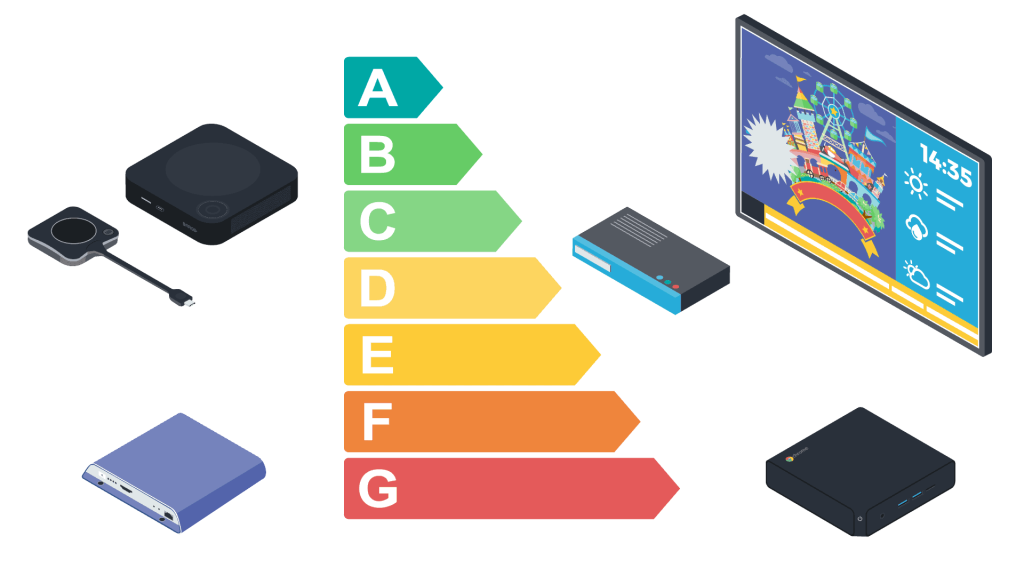
The Role of Solar Power in Enhancing Digital Billboards
Seamless Integration of Renewable Energy
Imagine harnessing the sun’s power to illuminate the future of advertising. We expertly integrate solar panels with billboard structures, creating a symbiosis of form and function. This seamless fusion not only powers the billboards but also signals a commitment to sustainability.
Success Stories in Solar Adoption
Across the country, solar-powered billboards are making a statement. In sunny Las Vegas, a digital billboard runs entirely on solar energy, dazzling passersby while cutting operational costs. Another success story unfolds in Orlando, where a billboard not only advertises but also feeds surplus energy back into the grid.
Overcoming Challenges with Innovative Solutions
Adopting solar technology comes with its hurdles. Yet, for every challenge, there’s a solution. We address concerns such as inconsistent sunlight and energy storage with advanced photovoltaic cells and cutting-edge battery systems. Our expertise ensures that digital billboards shine bright, day and night, in any weather.
Eco-friendly Content Management for Digital Billboards
Strategies for Lowering Energy Consumption
As we forge ahead, it’s crucial to embrace digital content strategies that significantly slash energy use. Smart scheduling allows content to run during off-peak hours, reducing the strain on power grids. Dynamic brightness control, which adjusts the display’s luminosity based on ambient light, can cut energy consumption by up to 30%. These methods not only conserve energy but also prolong the lifespan of the billboards.
Cloud-Based Solutions for Content Distribution
Efficiency is the cornerstone of eco-friendly management. Cloud-based platforms enable real-time content updates across multiple billboards, eliminating the need for physical visits and the associated carbon footprint. This approach streamlines operations and ensures that content is always fresh and relevant, all while minimizing environmental impact.
Content Type and Energy Use
The content itself sways energy usage. Static images consume less power than high-definition videos. By optimizing content to be visually effective yet energy-conscious, we can achieve a balance between marketing impact and environmental responsibility. It’s a harmonious blend of form, function, and sustainability that points the way to a greener future for digital roadside advertising.
The Business Case for Eco-friendly Digital Billboards
Energy-Efficient Cost Savings
Imagine slashing energy bills, harnessing the power of LED technology. Eco-friendly digital billboards are not just a nod to sustainability; they’re a smart financial move. With lower power consumption, these billboards reduce operational costs significantly, offering a compelling return on investment over time.
Green Advertising: A Marketing Edge
Brands shine brighter when they go green. By choosing eco-friendly digital billboards, advertisers send a powerful message of environmental responsibility. This strategic choice not only elevates brand image but also resonates with eco-conscious consumers, setting companies apart in a competitive marketplace.
Meeting Consumer Demand for Sustainability
Today’s consumers are informed, concerned, and selective. They prefer businesses that prioritize the planet. By integrating sustainable practices, including the use of eco-friendly digital billboards, companies align with consumer values, fostering loyalty and driving demand. This is not just a trend; it’s the future of brand-consumer relationships.
Partnerships and Collaborations for Sustainability
Integrating Innovation and Promotion
Imagine a future where tech giants join forces with advertising powerhouses. This is where creativity meets technology, birthing digital billboards that not only captivate but also conserve. Energy-efficient designs emerge from such alliances, showcasing our commitment to a greener tomorrow.
Building the Backbone of Sustainable Infrastructure
Public-private partnerships are the cornerstone of this evolution. Together, governments and businesses are erecting sustainable infrastructures that support digital billboards. These structures harness renewable energy, reduce carbon footprints, and stand as testaments to what we can achieve through cooperation.
Advocacy Amplified
Non-profits and environmental groups are the unsung heroes here. Their relentless advocacy for green billboards is pivotal. They push for eco-friendly materials and practices, ensuring that our digital displays not only inform but also inspire a commitment to the environment.
As a professional digital sign installer, I see these collaborations as the heartbeat of progress. They are essential for a future where technology, sustainability, and innovation drive us forward, together.
Challenges and Considerations for Adoption
Investing in green technologies often comes with a hefty price tag. Financial barriers loom large, as the initial outlay for eco-friendly digital billboards can deter businesses. Yet, the long-term savings and marketing edge can justify the upfront costs. It’s an investment in our planet’s future and a company’s brand image.
Striking a balance is key. Commercial interests and environmental concerns must align for sustainable progress. Advertisers seek visibility and impact, while communities demand responsibility. We navigate this tightrope with expertise, ensuring that our digital billboards shine without casting a shadow on environmental ethics.
Technical challenges? Certainly. Retrofitting existing billboards is no small feat. But it’s a challenge we embrace. With cutting-edge technology and innovative design, we transform outdated structures into modern, energy-efficient marvels. This not only reduces carbon footprints but also breathes new life into advertising spaces.
Together, we can overcome these hurdles. The future is bright, and with the right approach, digital billboards will lead the charge in eco-friendly advertising.
Ensuring Eco-Friendly Innovation
Measuring the Green Quotient of Digital Displays
As we pave the way for the future, the integration of sophisticated tools and metrics is essential in quantifying the eco-friendliness of digital billboards. Energy consumption, sourced from renewable energy percentages, and lifecycle analyses offer a comprehensive view of environmental footprints. These metrics not only guide improvements but also benchmark against industry standards, ensuring every new installation is a step towards sustainability.
Upholding Transparency in Environmental Reporting
Transparency is the cornerstone of trust. Adhering to stringent reporting standards, we disclose the environmental impacts of our digital billboards with clarity and precision. This transparency not only reinforces our commitment to the environment but also empowers clients and communities to make informed decisions, fostering a culture of accountability and continuous improvement.
Third-Party Verification: The Seal of Trust
The importance of third-party verification and audits cannot be overstated. Independent assessments validate our claims, providing an unbiased seal of eco-efficiency. These verifications are not mere formalities; they are a testament to our unwavering dedication to environmental stewardship, ensuring that our digital billboards stand as beacons of progress and responsibility.
The Future Outlook for Eco-friendly Roadside Digital Billboards
Projected Growth
As a seasoned digital sign installer, I’ve witnessed a surge in demand for eco-friendly digital billboards. This trend is set to continue, with projections indicating a robust expansion. Businesses are increasingly recognizing the value of sustainable advertising, and this is driving the growth of greener installations.
Innovation on the Horizon
Innovation is the heartbeat of our industry. We’re on the cusp of breakthroughs in low-energy LED technology and solar-powered displays. These advancements promise to revolutionize our field, offering billboards that are not only more environmentally friendly but also more cost-effective in the long run.
Consumer Advocacy’s Role
Consumer advocacy and education are pivotal. They shape industry standards and push for greener practices. As consumers become more environmentally conscious, their influence compels advertisers to opt for eco-friendly solutions. This, in turn, fosters a market where sustainability is not just a buzzword, but a business imperative.
The Role of Digital Billboards in Sustainable Urban Development
Smart City Synergy
Imagine a cityscape where digital billboards do more than advertise—they communicate, they respond, they integrate. As a professional digital sign installer, I’ve seen firsthand how these dynamic displays become integral to smart city ecosystems. They’re not just billboards; they’re data points, contributing to urban efficiency and connectivity. With real-time updates, they guide residents and tourists alike, easing traffic flow and enhancing public safety.
Artistic Integration
Thoughtful design transforms digital billboards from mere advertising tools into elements of urban beauty. They reflect the community’s character, displaying local art or blending seamlessly with the environment. These billboards aren’t eyesores; they’re canvases that add vibrancy to our streets, turning a mundane commute into an immersive experience.
Eco-Friendly Advertising
As stewards of sustainability, we leverage the latest in eco-conscious technology. Low-energy LED screens, solar-powered operations, and scheduled dimming reduce the carbon footprint. Our billboards do more than catch the eye—they respect our planet. By promoting green practices and sustainability messages, they become allies in the quest for a cleaner, more sustainable future.
Table of Contents
Toggle

